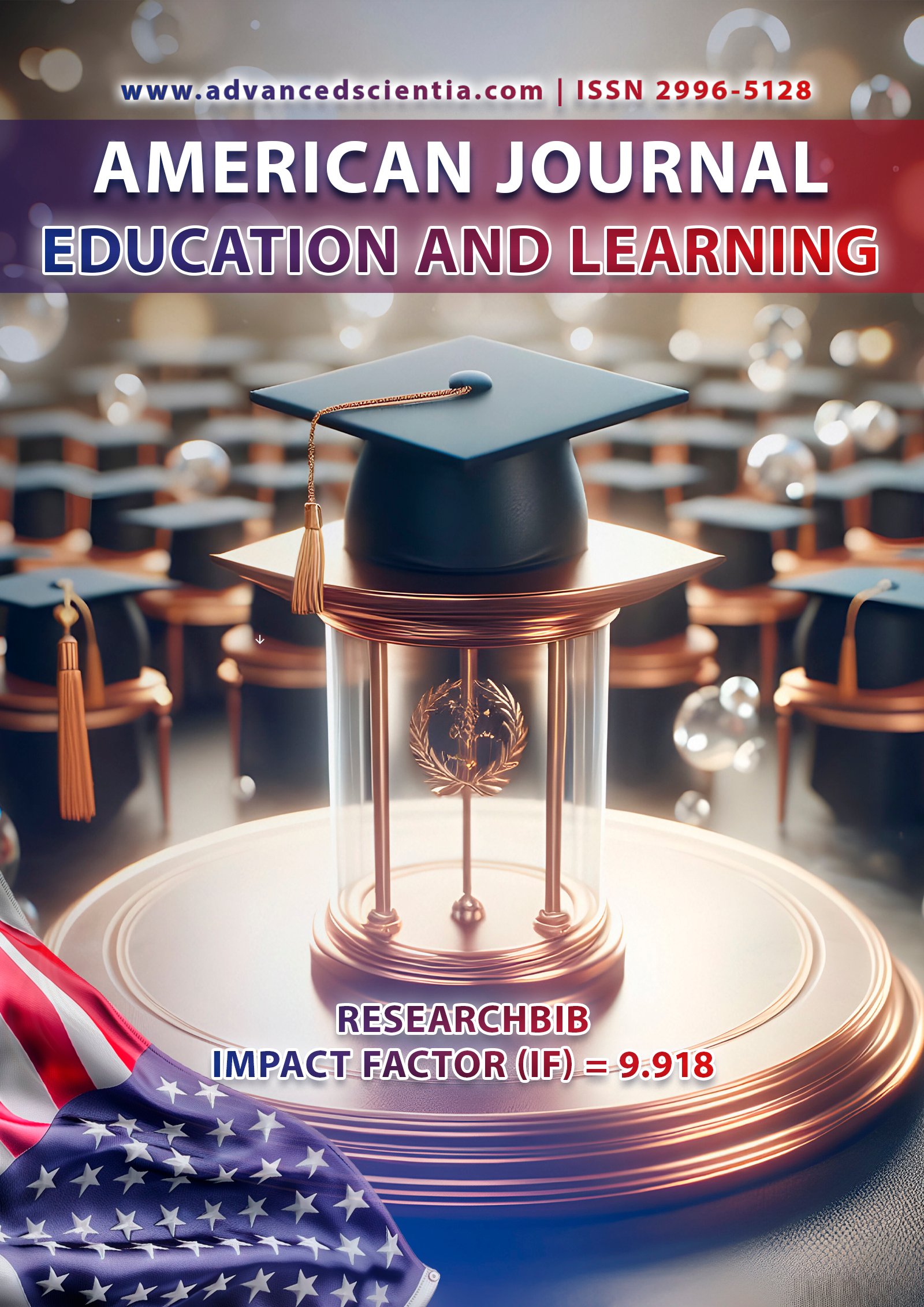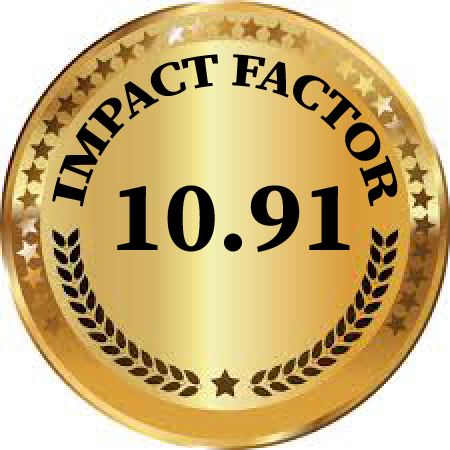INGLIZ TILINI O'RGANISHDA TIL LABORATORIYASINING ROLI
Abstract
Ushbu tadqiqot lingafon laboratoriyalari va ingliz tilini yaxshiroq o'zlashtirishning samarali usullari o'rtasidagi munosabatlarni aniqlashga qaratilgan. Tadqiqot ikkita savol tug'dirdi. Ular "Til laboratoriyasi O‘zbekistonlik talabalarga ingliz tilini o'rgatishda foydalimi?" Lingvistik laboratoriyalar talabalarning ish faoliyatini yaxshilashga qanday yordam beradi?"
References
1. Aikens, H. F., & Ross, A. J. (1977). Immediate, repetitive playback/record—a practical solution. NAALD Journal, 11(2), 40-46.
2. Bagster-Collins, E.W., (1930). Studies in Modern Language teaching. New York: Macmillan.
3. Buchanan, M. A., & MacPhee, E. D. (1928). An annotated bibliography of Modern Language methodology. Toronto, Canada: University of Toronto Press.
4. Carroll, J. B. (1962). A primer of programmed instruction in foreign language teaching. Heidelberg: Julius Groos Verlag.
5. Cornfield, R. R. (1966). Foreign language instruction: Dimensions and horizons. New York: Appelton-Century-Crofts.
6. Delcolque, P., Annan, N., & Bramoull´e, A. (2000). The history of computer assisted language learning web exposition. Retrieved May 15, 2016, from http://www.history-of-call.org/
7. Derthick, L. G. (1959). The purpose and legislative history of the foreign language titles in the National Defense Education Act, 1958. Publications of the Modern Language Association, 74, 48-51. https://doi.org/10.2307/2699220
8. Diekhoff, J. S. (1965). NDEA and modern foreign languages. New York: Modern Language Association.
9. Dodge, J. W. (1968). Language laboratories. In E. M. Birkmaier (Ed.), Britannica review of foreign language education (Vol. 1, pp. 331- 335). Chicago, IL: Encyclopaedia Britannica
10. Godfrey, E. P. (1967). The state of audiovisual technology: 1961-1966. Washington DC: Department of Audiovisual Instruction, National Education Association.
11. Ek, J. D. (1974). Grant fever. NALLD Journal, 9(1), 17-23.
12. Grittner, F. (1969). Teaching foreign languages. New York: Harper & Row.
13. Hmoud, SNA Al (2014). The Effectiveness of using English Lab on English Language Students’ Pronunciation. Journal of Scientific Research, 1, 84-94.
14. Hocking, E. (1967). Language laboratory and language learning (2nd ed.) Washington, DC: Division of Audiovisual Instruction, National Education Association.
15. Keck, M. E. B., & Smith, W. F. (1972). A selective, annotated bibliography for the language laboratory, 1959–1971. New York: ERIC Clearinghouse on Languages and Linguistics.
16. Léon, P. R. (1962). Laboratoire de langues et correction phonétique. Paris: Didier.
17. Lundi. (2010). Use of English Languge Lab in English Language Learning/Teaching. Retrieved from http://www.edutic.edunet.tn/labo/index.php/anglais/19-newseng/104-use-of-language-lab-in-english-language-learningteaching
18. Marty, F. (1956). Language laboratory techniques. Educational Screen, 35, 52-53.
19. Scinicariello, S. (1997). Uniting teachers, learners, and machines: Language laboratories and other choices. In M.Bush, & R. Terry (Eds.), Technology-enhanced language learning (pp. 185-213). Lincolnwood, IL:
National Textbook Co.
20. Roby, W. B. (2004). Technology in the service of foreign language teaching: The case of the language laboratory.
In D. Jonassen (Ed.), Handbook of Research on Educational Communications and Technology, (pp.523-541, 2nd ed).
21. Peterson, P. (1974). Origins of the language laboratory. NALLD Journal, 8(4), 5-17.
22. Parker, W. R. (1960). Foreword. In E. J. Oinas (Ed.), Language teaching today (pp. v-viii). Bloomington, IN: Indiana University Research Center in Anthropology, Folklore, and Linguistics.
23. Parker, W. R. (1961). The national interest and foreign languages (3rd ed.) Washington, DC: U.S. Department of State.
24. Saettler, P. (1990). The evolution of American educational technology. Englewood, CO: Libraries Unlimited, pp. 187.
25. Slobin, D. (1985). Cross-linguistic evidence for the language-making capacity. In D. Slobin (Ed.), The Cross Linguistic Study of Language Acquisition (vol. 2: Theoretical Issues). Hillsdale, NJ: Erlbaum.






















